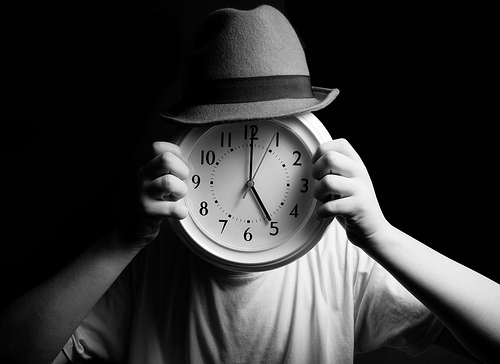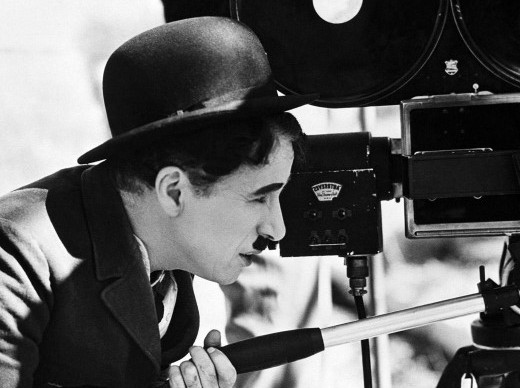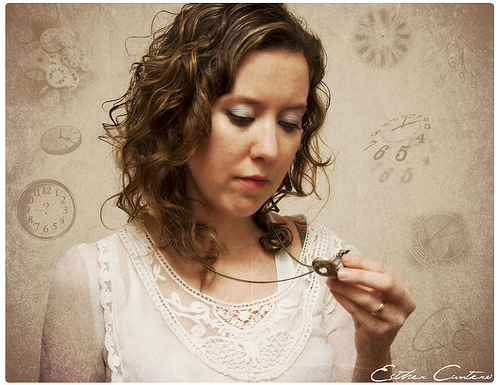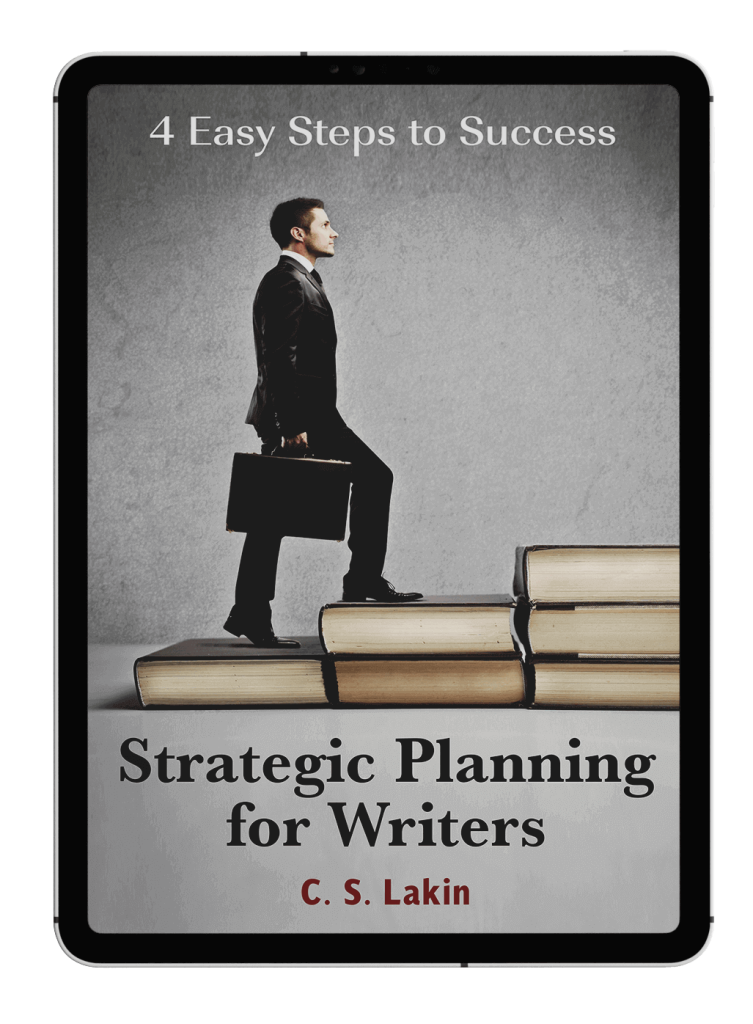How Fiction Writers Can Create “Skewed Time”
Time sometimes seems choppy, erratic, confusing. It may feel as if it’s going backwards or in circles. It all depends on perception. Making time feel wonky is a skill, but there are ways to create “skewed time” that can be effective.
Skewed time can be caused by internal or external influences, or both. A character who is drugged is going to perceive time as skewed. A character who is in horrible pain or who’s ill will have trouble keeping track of time.
Outside forces can affect that internal perception. A burning-hot sun in a desert or a freezing night exposed on a snowy mountaintop can cause time to be skewed—but that’s because those elements are affecting the person’s physiology. You might be “fading in and out” because you’re dying of heatstroke or hypothermia. And as a result, time is skewed.
Then again, someone could expose your character to blasts of sensory data to confuse his mind. Maybe you have a character being experimented on after being abducted by aliens. Maybe your character is having a nirvana experience, or some powerful being has transported him to an altered state of reality.
Writers create many situations that can cause characters to sense time in a skewed way.
I love the movie Interstellar. It plays with time in so many ways (and physics of gravity and light). Anytime you have a black hole as a main element in a story, you’re going to be messing with time.
Both outside and inside forces can affect perception. But the perception of time—and space—is conveyed in fascinating ways in this movie.
In one scene in the movie, the main character, Cooper, is in a space shuttle, falling into a black hole. Gravitational forces begin to rip it apart. His ship’s computer tells him to eject himself, and without reluctance, he does. Cooper descends in the black hole toward a grid full of cubbyholes, thinking he’s dead. Instead, he finds himself in some sort of suspended state.
He hits an object, then another. They look like books stacked, and he knocks one down, revealing his ten-year-old daughter Murph reacting at an object falling from her bookshelf back at the farmhouse. He’s traveled back in time to a moment we saw earlier in the movie.
Time, in this scene, is skewed to the point that it seems to have disappeared. Or overlapped. Or blended all into no time. There’s the feeling that every moment is encapsulated in the now. As if Cooper is outside of time.
Science fiction opens the door to all manner of skewed time. The key to successfully pulling it off lies in showing believable perception on the part of the POV character. The sky’s the limit—well, actually, the universe—when it comes to the number of ways a writer might skew time.
Here’s a passage from the novel When Sparrows Fall, written by author Meg Moseley. She does a great job creating a sense of skewed time for her character recovering in a hospital after an accident.
Miranda struggled out of a groggy sleep and recalled a man standing beside her bed. “It’s all right,” the stranger had said. “I’ll take care of the kids.”
No, not quite a stranger. Jack. Unless she’d dreamed him.
What was he doing in her bedroom?
She fingered the bedding. It was wrong. A fuzzy blanket instead of her soft quilt and smooth sheets. And her hand hurt.
Everything hurt.
She fought to open her eyes. Her head drummed with a dull ache that was pierced by daggers when she made the slightest movement. She turned anyway and saw closed blinds on an unfamiliar wall. Everything kept spinning and thumping.
She closed her eyes. The throbbing continued. Desperate to know where she was, she turned slowly in the other direction before she opened her eyes again.
A pale blue curtain hung from the ceiling. A room divider.
A hospital room. That antiseptic smell. That quiet bustling.
Past hours came back in bits and pieces. Intense pain encasing her chest, her shoulder. Ice packs, bandages, IV lines.
A move from one room to another. A nurse who hummed and a roommate who snored.
A doctor who pried her eyelids open and mumbled at her.
Something rustled. The room divider swayed. A thin woman in a green shirt loomed over the bed, out of focus, and fiddled with the I.V. bag.
“You awake, hon?”
“I . . . I think so.”
The nurse smiled. “Maybe not, then. Do you remember what happened?”
Miranda lay still, trying to sort memory from nightmare, and nightmare from dream. “I fell?”
“You sure did. You’ve had a concussion, not to mention a collapsed lung and some broken ribs and a separated shoulder. Pretty impressive road rash, too. Did you know that?”
Moseley uses short, clipped phrases to help give the feel of a glimpse or impression of memory. Miranda can’t recall the details but has faint recollections of the ice packs, the move to another room, a nurse who hummed, a roommate who snored.
Moseley could have used full sentences and had Miranda recall all these things in more of a continuous flashback but instead chose to use this technique to give the feel she wanted in this scene. Keep this in mind when you want quick and fleeting images going through a character’s head. Which skews the perception of time in a believable way.
If you haven’t watched the movie Memento (2000), I highly recommend it.
The black-and-white scenes are shown in chronological order, while the color scenes work backward in time, and at the end of the movie they create a circular completion, meeting at the end and piecing everything, finally, together.
Why was the movie done like this? Because it’s about a man who has short-term memory loss and whose sense of time is radically constricted.
Since he can only recall short passages of time, aside from his long-term memories, the scenes are choppy and short, and cut off in the middle of what is happening. His character, Leonard Shelby, has to tattoo hints on his body and leave himself notes and Polaroid snapshots in order to help him solve this murder mystery that he seems to be involved in but can’t remember.
In the example from When Sparrows Fall, we saw how the character waking in a hospital room after surgery had a warped sense of time. But you don’t have to have traumatic events to manipulate time effectively.
Do you ever stop when in the middle of heavy concentrating (such as writing or building something), then look at a clock and, to your surprise, see how late it’s gotten? You were so busy you had no idea that time was speeding by. Even in these types of situations, time is skewed. All that means is time is a fluid, subjective thing in our lives. The way it moves fluctuates during the day or night. And, for the most part, writers don’t pay much attention to how they show it in their stories.
But I hope you’re seeing here how there are specific reasons for tweaking the clock to build tension and interest in a scene.
Have you ever tried to “skew” time in your writing? What are some ways or situations your characters are in that might tempt you to try to do this?
Featured Photo by noor Younis on Unsplash












Fantastic. In my latest WIP I have a severely burned character. I think I’ll use some of these techniques in those scenes.
Many thanks.
I have skewed time for the reader in a slightly different way. In my Urban Mysteries (under the name Alexandra Tims) I often have characters in deep distress, but if you read my Science Fiction Series ‘Meniscus,’ you will find those same characters in their future, recovered from the distress and surviving on a distant planet.
Hi Jane, I’m unclear how you are skewing time for them. Characters can be in distress but time flows normally. Do you want to explain?